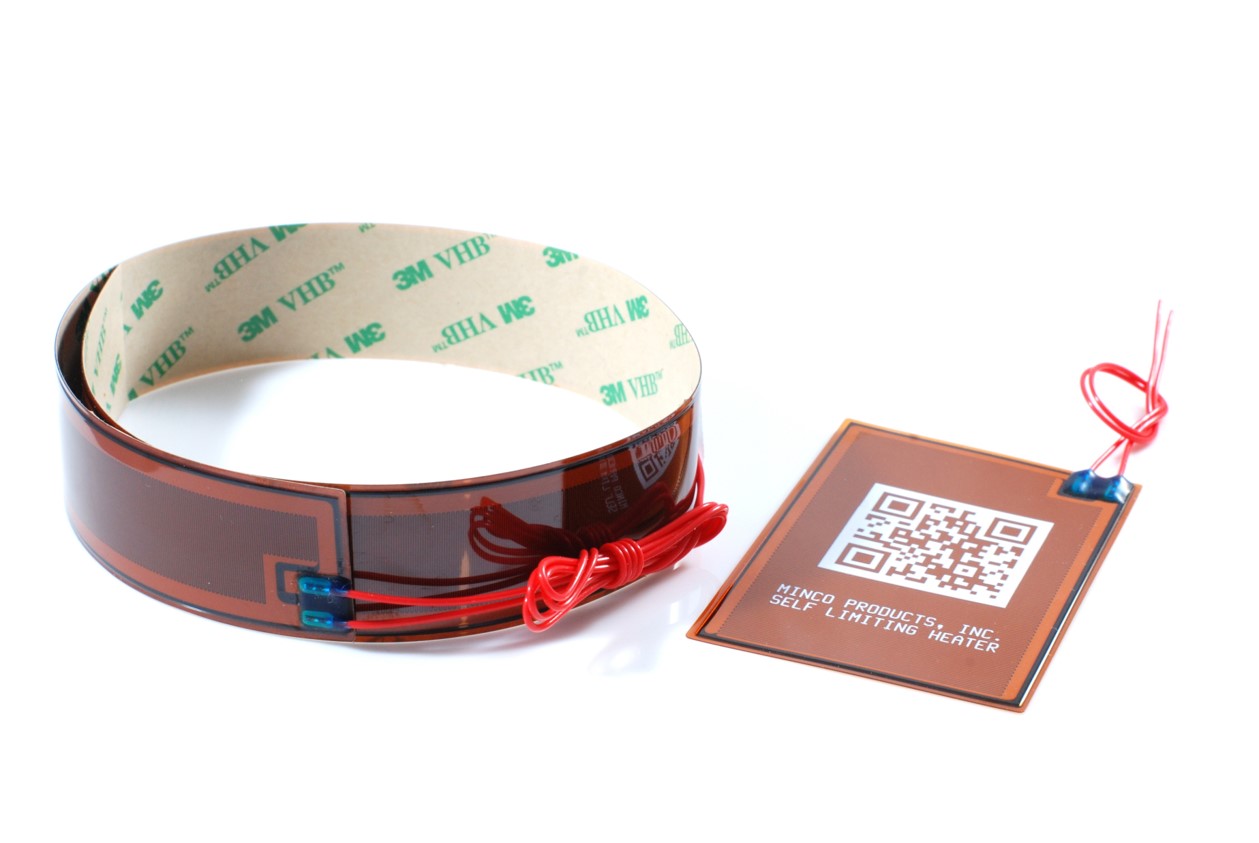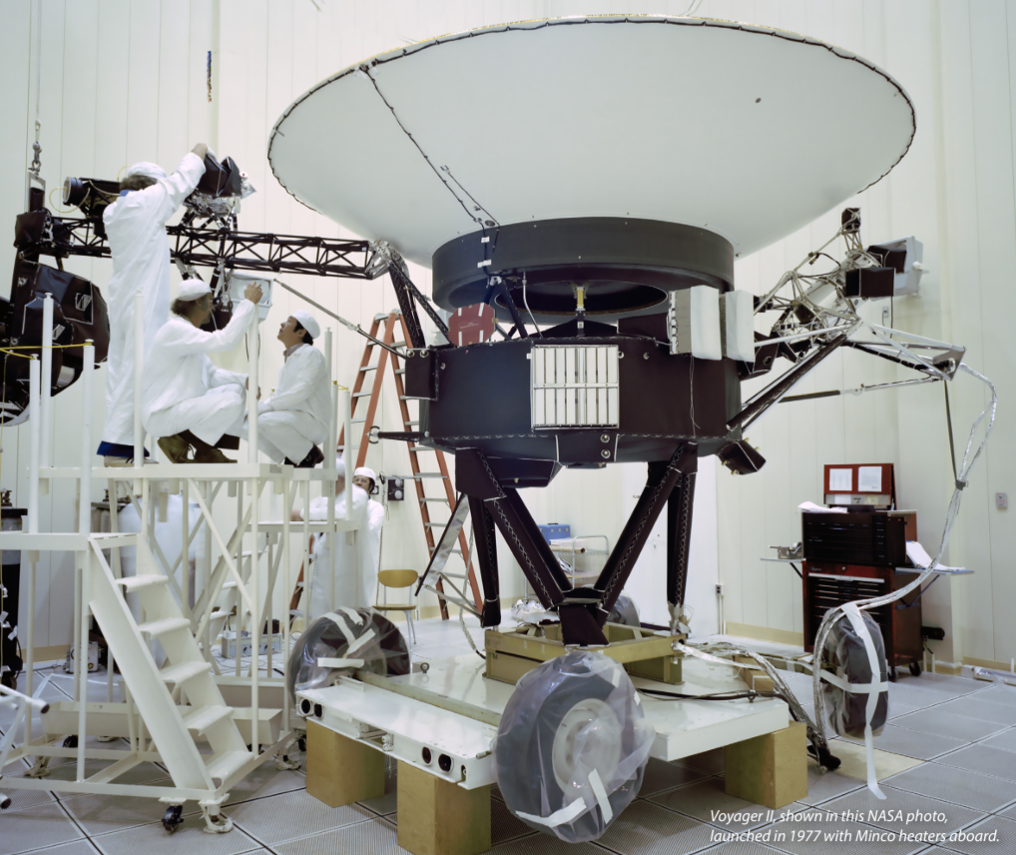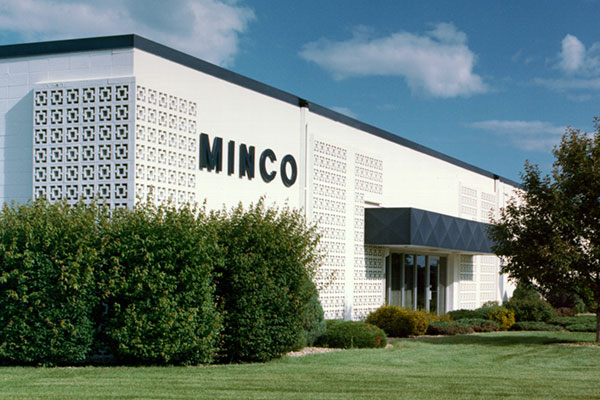When it comes to industrial temperature measurement, RTD temperature sensors (Resistance Temperature Detectors) are a go-to choice for engineers and designers seeking accuracy, stability, and reliability. Among the most common RTDs are the Platinum RTDs. Within this family, the PT100 and PT1000 are the most common resistance values. Both are known for their precision and long-term stability. But what’s the real difference between them? And when should you choose one over the other?
Let’s break it down.
What Is a PT100 and PT1000 RTD?
Both PT100 and PT1000 RTDs use platinum as the sensing element, known for their consistent temperature-resistance relationship. Both have Temperature Coefficient of Resistance (TCR) values of 0.00385 Ω/Ω/°C. The key electrical difference lies in their nominal resistance at 0°C:
- PT100 RTD: 100 ohms at 0°C
- PT1000 RTD: 1000 ohms at 0°C
-
This factor influences how the sensor behaves in terms of sensitivity, power, wiring, and electrical noise.
Key Differences: PT100 RTD vs PT1000 RTD
|
Feature |
PT100 |
PT1000 |
|
Resistance at 0°C |
100 ohms |
1000 ohms |
|
Resistance Sensitivity |
Resistance Change: 0.39 ohms/°C |
Higher resistance output for same temp change, 10x the PT100 (3.9 ohms/°C) |
|
Voltage Sensitivity |
Nominal change in voltage for a given measuring current and temperature delta |
10x voltage change with the same current and temperatures |
|
Power Consumption |
Nominal Power Consumption |
Requires less current for given voltage change, thus lower power consumption |
|
Wiring Effects |
More susceptible to lead wire resistance errors, especially with 2-wire circuit configurations. |
Less susceptible, better suited for 2–wire circuits. See further comments below. |
|
Electrical Noise Effects |
Larger induced noise signals and greater amplification of the induced noise |
Picks up less of the noise signal, and amplification effect 1/10th that of PT100 |
|
Cost |
Nominal |
Slightly to significantly higher, depending on element construction |
Wiring and Signal Accuracy
In 2-wire configurations, PT100 sensors can suffer from lead wire resistance, which can skew the reading. That’s why 3-wire or 4-wire PT100 RTDs are common in high-precision applications—they help compensate for lead wire effects.
On the other hand, a PT1000 RTD, with its higher resistance, experiences less relative error from the same lead wire resistance. This makes it ideal for long-distance installations or 2-wire configurations where simplicity and reduced wiring cost are priorities.
Applications and Use Cases
- Aerospace and defense: High-reliability temperature sensing in mission-critical systems
- Automotive: Engine and battery temperature monitoring
- Energy and power generation: Turbines, generators, and motors
- HVAC systems: Energy-efficient heating and cooling controls
- Industrial automation: High-accuracy machine control
- Medical devices: Patient warming and sterilization equipment
- Process control: Chemical, pharmaceutical, and food processing industries
-
So, which RTD is right for your application?
Choose PT100 when you need high accuracy and are using a 3-wire or 4-wire configuration, which helps compensate for lead wire resistance. PT100s are widely supported and ideal for systems where power consumption and wiring length are less of a concern.
At Minco, we specialize in precision RTD temperature sensors tailored to your industry’s toughest challenges—from aerospace and medical to HVAC and renewable energy. Whether you need a custom-engineered PT100 probe or a rugged PT1000 sensor for remote environments, our solutions deliver accuracy, durability, and performance.
Ready to Specify Your RTD?
Minco’s engineering team is here to help you select or design the ideal platinum RTD temperature
sensor for your application. Contact custserv@minco.com or explore our Temperature Sensor Guide to get started.
Other references:
PT100 RTD table: fahrenheit, celsius
PT1000 RTD table: fahrenheit, celsius
LET'S TALK E2E
Ready to take the next step and explore powerful design innovation?
Minco engineers are ready. Our thermal, flex circuit and sensing experts can help your team find a better way — minimizing costs, while improving overall system performance




